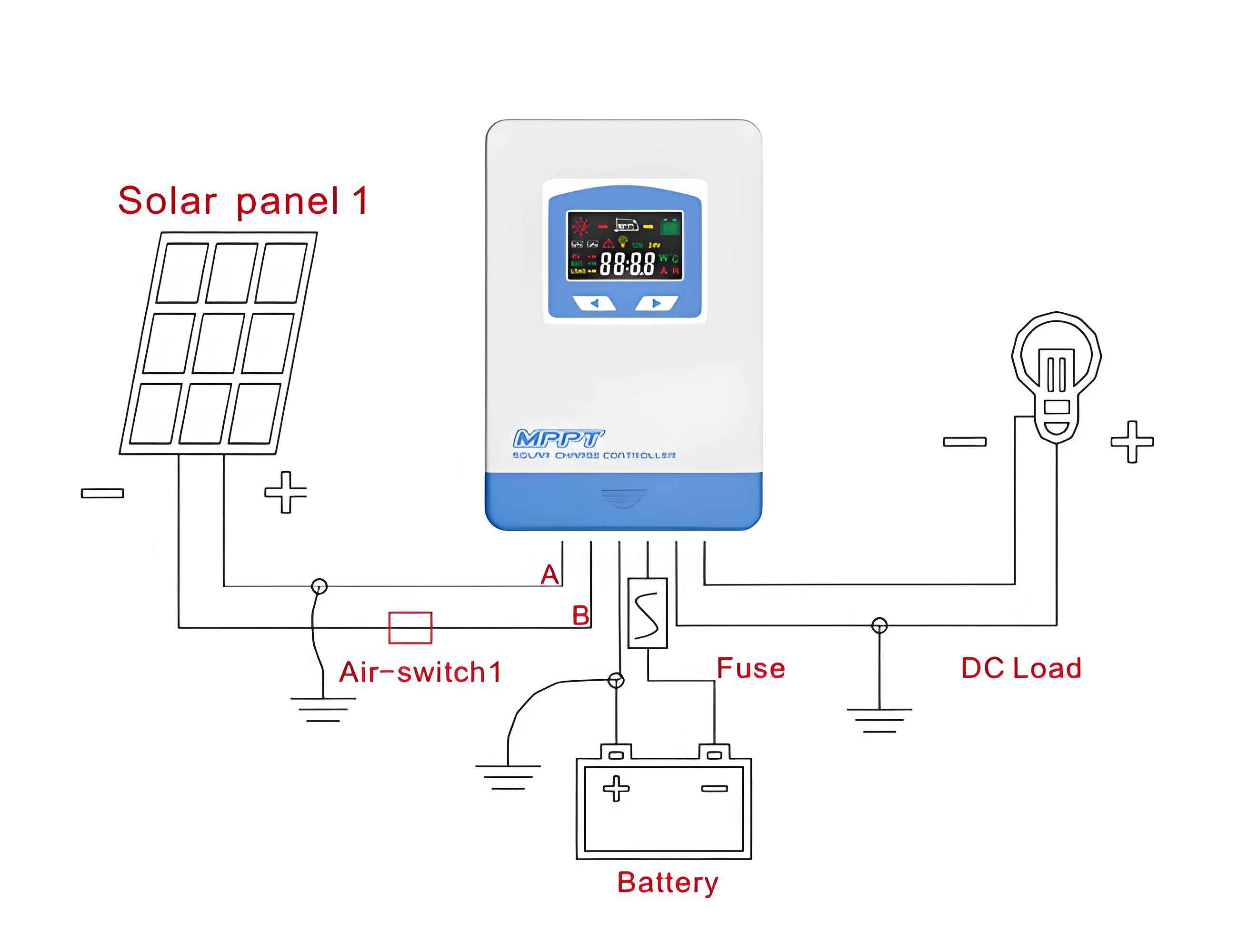In the rapidly evolving landscape of wireless sensor networks (WSNs) and the Internet of Things (IoTs), the quest for self-sustaining energy solutions has become paramount. Among various ambient energy sources, piezoelectric energy harvesting stands out due to its ubiquity in mechanical vibrations. However, the inherent variability in vibration amplitude and frequency necessitates efficient maximum power point tracking (MPPT) algorithms to optimize energy extraction. This work presents a novel MPPT algorithm tailored for piezoelectric energy harvesting systems, combining rapid open-circuit voltage (OCV) detection with an interval search (IS) strategy to achieve high tracking speed and precision.

System Architecture and Impedance Matching
The proposed energy harvesting system comprises five core modules: a rectifier, peak detection circuit, impedance-matching buck-boost converter, MPPT control logic, and energy storage unit (Figure 1). The rectifier converts alternating current (AC) from the piezoelectric source to direct current (DC), while the buck-boost converter dynamically adjusts its equivalent input impedance (Req) to match the source impedance (RS) for maximum power transfer.
The output power of the rectifier (PREC) is expressed as:PREC=VREC⋅ReqVOC−VREC
where VOC is the open-circuit voltage, and VREC is the rectifier output voltage. Maximum power transfer occurs when VREC=VOC/2. To achieve this, the buck-boost converter operates in discontinuous conduction mode (DCM), with its equivalent input impedance governed by:Req,BB=tON2fBB2L
Here, L is the inductor value, tON is the inductor charging time, and fBB is the switching frequency. By modulating fBB through a voltage-controlled oscillator (VCO), the system dynamically matches Req,BB to RS.
Fast OCV Detection and Interval Search MPPT
A critical innovation lies in the OCV detection circuit, which captures VOC within 1/4 cycle of the piezoelectric waveform. By switching the rectifier’s load capacitor between a small sampling capacitor (CS) and a larger buffer capacitor (CR), the circuit rapidly integrates the piezoelectric current to compute VOC. The maximum power point voltage (VMPP) is derived as:VMPP=3CSCS⋅1.5VOC=0.5VOC
The interval search MPPT algorithm then refines VMPP through binary-weighted adjustments to the VCO control voltage (VCTRL). Starting with large steps to quickly approach VMPP, the step size is halved iteratively until the tracking error falls below a threshold (Figure 2). This approach balances speed and precision, achieving 98% tracking accuracy with a convergence time of 15.32 ms.
Key Circuit Designs
- Active Rectifier: A cross-coupled topology with body diodes ensures low-voltage startup and high efficiency (>85%). Comparators minimize forward voltage drop during steady-state operation.
- Peak Detection Circuit: A current-mirror-based topology detects VOC by monitoring the zero-crossing of the piezoelectric current. A single-pulse generator resets the circuit for subsequent cycles.
- VCO Design: The oscillator’s frequency (fBB) varies linearly with VCTRL, enabling precise impedance matching. The relationship is:
fBB=C1⋅VCTRLICHARGE
where ICHARGE is a constant bias current, and C1 is a timing capacitor.
4. MPPT Logic: A switched-capacitor network implements the interval search algorithm. Capacitors CV, C1, and CD perform charge sharing to adjust VCTRL in binary steps (Table 1).
Table 1: Interval Search Algorithm Steps
| Step | Action | VCTRL Adjustment |
|---|---|---|
| 1 | Initialization | VCTRL=0 |
| 2 | Charge CV to VDD | VCTRL=VDD/2 |
| 3 | Increment VCTRL | VCTRL=3VDD/4 |
| 4 | Decrement VCTRL | VCTRL=VDD/4 |
Simulation and Performance
Post-layout simulations in 0.18µm CMOS validate the system’s performance:
- OCV Detection: Completed within 2.34 ms for a 100 Hz piezoelectric source.
- MPPT Convergence: 15.32 ms with 98% accuracy at VMPP=1.75V.
- Power Efficiency: The buck-boost converter achieves 91% efficiency at 110 µW output.
Table 2: Performance Comparison
| Metric | Proposed MPPT | Perturb & Observe [15] | Fractional OCV [16] |
|---|---|---|---|
| Tracking Time (ms) | 15.32 | 52.7 | 30.1 |
| Accuracy (%) | 98 | 92 | 95 |
| Static Power (nW) | 80 | 210 | 150 |
Conclusion
This work demonstrates a piezoelectric energy harvesting system with a fast, high-precision MPPT algorithm. By integrating rapid OCV detection and an interval search strategy, the system achieves near-ideal impedance matching across varying vibration profiles. Future work will focus on extending this MPPT framework to multi-source energy harvesting scenarios, further enhancing its applicability in IoT and WSN deployments.
